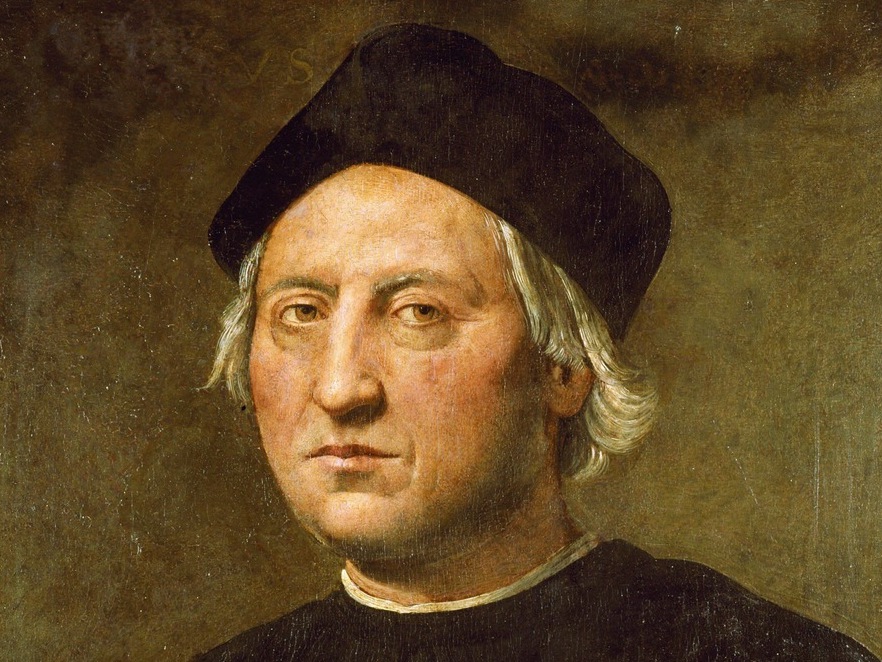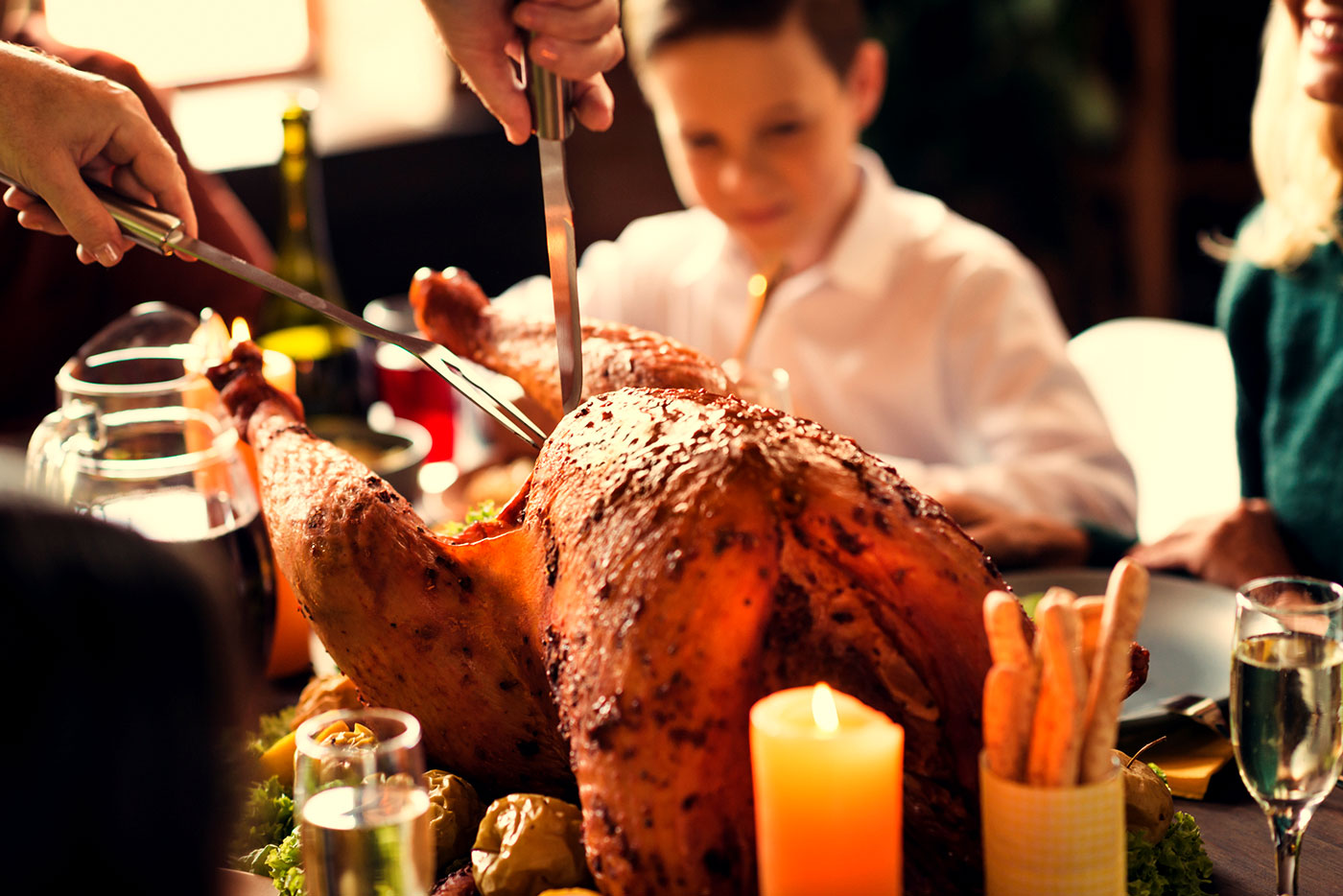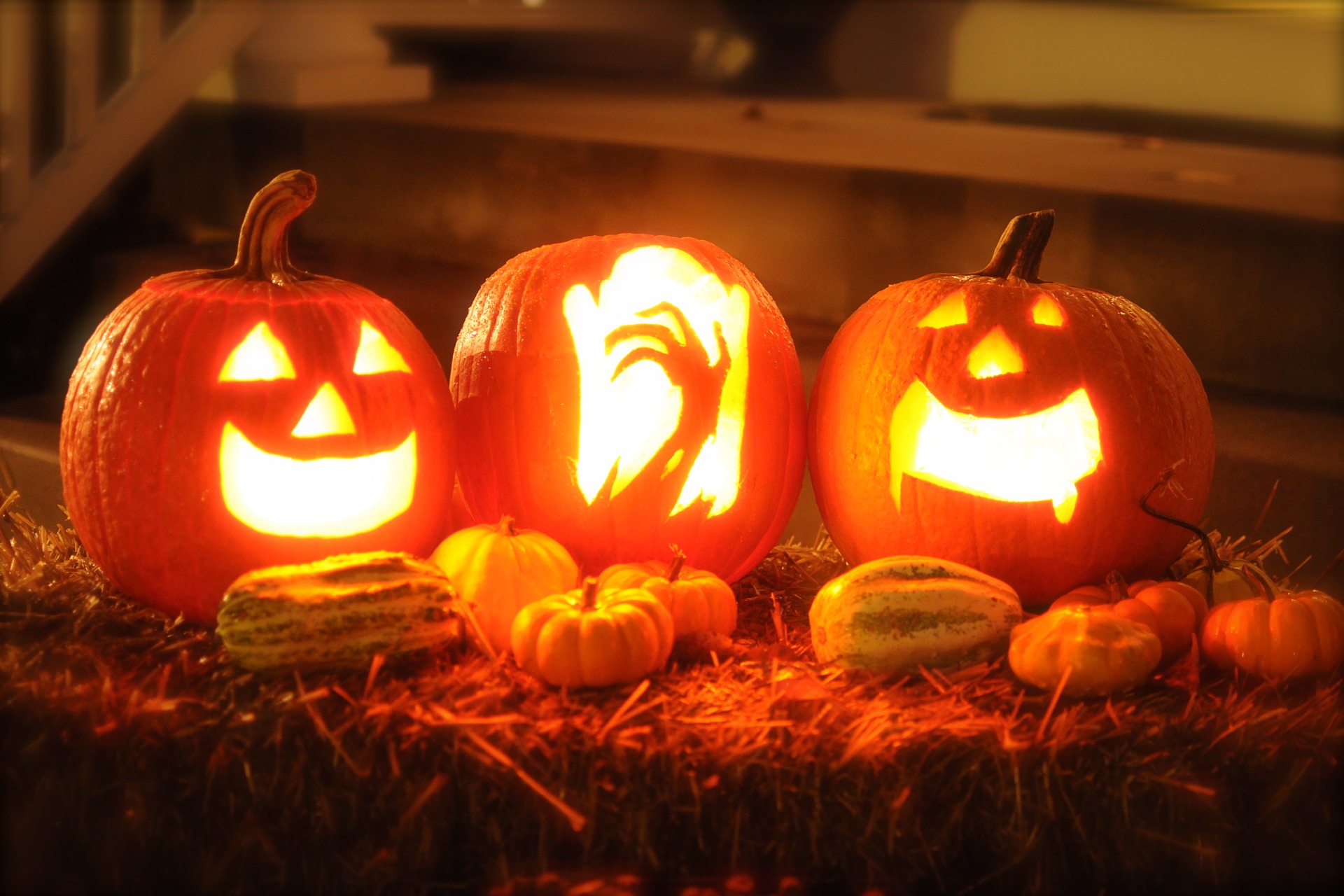It was Sunday, just a few days ago. I was planning to attend a celebration in honor of Christopher Columbus at the Casa Italiana, Los Angeles. It was a special day for me because I was scheduled to be the keynote speaker.
Apparently, my name came up as a candidate because of my book, Living in the Mouth of the Wolf. The woman who identified herself as Rosemarie Biagetti Vanderhaar said she was reading the book and thought to ask me to speak at the celebration.
She said that she and a colleague, Vita Zaccaria, were planning the celebration set for October 12, 2014 in honor of Christopher Columbus. The celebration was sponsored by United Lodges of Order Sons of Italy in America and Federated Italo-Americans of Southern California.
I was delighted to be asked to speak and I accepted the invitation. I had already written extensively on this great Italian explorer. But I had decided when the day arrived, and I got up to speak, that would tell the audience about the things I didn’t learn in grammar school about Christopher Columbus.
Christopher Columbus wanted to be a sailor from the time he could walk. As a youngster he worked in his father’s shop but as he grew to adolescence, he wanted to go out on his own. He spent much time on the docks admiring the merchant sailors and the ships, wishing that he could also go away to sea. The day finally came: he worked as a merchant seaman and this he did for several years.
Many Mediterranean countries were at war, so as it happened, he was on a trip to Lisbon, Portugal when his ship was attacked and destroyed. Christopher managed to jump overboard and swim to the Lisbon shore. Some Genoese friends her knew took him in. Columbus continued to work as a merchant seaman, but from that time on, Lisbon was his new home.
It is believed that Columbus had little or no schooling but that he learned to read and write Spanish and Portuguese during his travels. He also taught himself Latin because navigation charts, maps, everything having to do with navigation was written in Latin. It was the universal language. If you wanted to learn to navigate you needed to understand the language.
Eventually, Christopher had built up a small reputation as a successful and talented mariner. Other sailors looked at him with respect saying, “This guy knows his stuff.” And with all the sailing trips he made, he continued to look to the west, and theorized that something was out there. He was determined to test his theory.
Much was happening at that time, politically, socially and economically. There was an explosion of ideas. It was the Renaissance (il Rinascimento), the cultural movement which began in Italy and spread throughout the rest of Europe. Through the availability of paper and movable type, printing became very popular which spread the dissemination of ideas and information across Europe.
How does this relate to Columbus? The spreading of ideas was not limited to art. It included foods, proper table manners, styles of dress, polite behavior in society, music, literature and the exploration of new lands, because among the new developments were maps and sea charts. The time was right and Columbus knew it and made his move.
He had already approached the royal Court of King John II of Portugal. But the King of Portugal conferred with other explorers and mariners who claimed that Columbus’ idea was unrealistic. So the king dismissed Columbus. But he was not discouraged.
In pursuit of his dream, he went to Spain, seeking audience with the King and Queen of Spain. When he told them of his idea, they weren’t convinced, but they didn’t reject his proposal outright. Queen Isabella liked Columbus immediately, so that helped a lot.
Christopher Columbus played two trump cards. He reminded the royal couple that Portugal was a maritime force to be reckoned with and that he would be honored to help Spain catch up and possibly surpass the power and influence of their Portuguese neighbor. All he needed was a chance.
What came next was the second trump card. On top of everything he had already mentioned, he threw in an additional benefit: he would convert all of the indigenous people he encountered to Christianity. The King and Queen would gain much favor in the eyes of the church. After many more meetings, King Ferdinand and Queen Isabella finally agreed to support Columbus’ expedition.
Once Columbus got the okay, he was happy but still not quite satisfied. “Oh by the way,” he respectfully mentioned to the monarchy, “we need to discuss the payment for my services.” And he proceeded to ask for one-tenth of all the wealth (gold, spices, textiles, slaves, etc.) which Spain would receive from lands discovered, not only for him, but for his heirs as well. He didn’t stop there. Besides what he had already mentioned, he wanted to be named Viceroy of the lands he discovered and Admiral of the Ocean Sea (today known as the Atlantic Ocean). And it had to be in writing. You must admit that Columbus had guts. Here he is making demands on somebody who had the power to chop his head off. The King and Queen of Spain guaranteed Columbus all that he desired.
The Voyage began on August 3, 1492 with three ships named Nina, Pinta and Santa Maria. Shortly after they departed, the rudder on the Pinta broke and square rigging on the Nina needed repair, so they sailed to the Canary Islands and spent about thirty days making repair. Finally, they headed west.
Sailors navigated by what is known as “dead reckoning,” or deduced reckoning. In other words, they guessed as to where they were and where they would expect to be the next day. Basically, this was the method used by navigators during the time of Columbus. The course was followed by magnetic compass.
This was used in conjunction with a simple arithmetic whereby distance was determined by measuring speed and time. When you measured speed and time, you were able to determine the distance.
But how did Columbus determine his speed? He had no electronic equipment nor GPS nor any other modern navigational devices used today.
We’ll learn that in part two.































